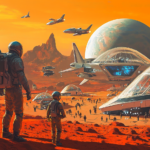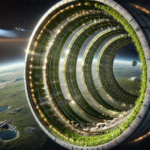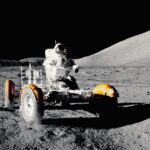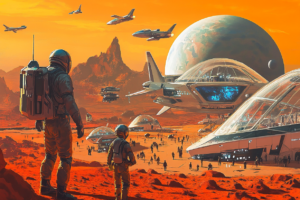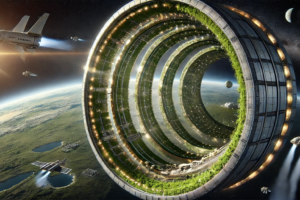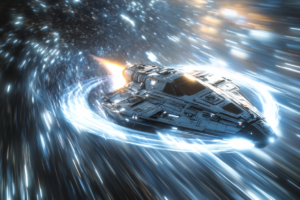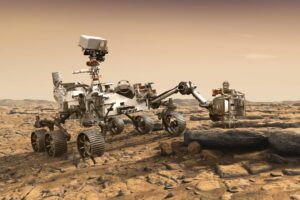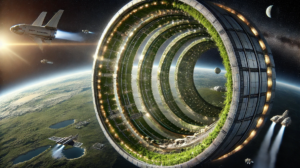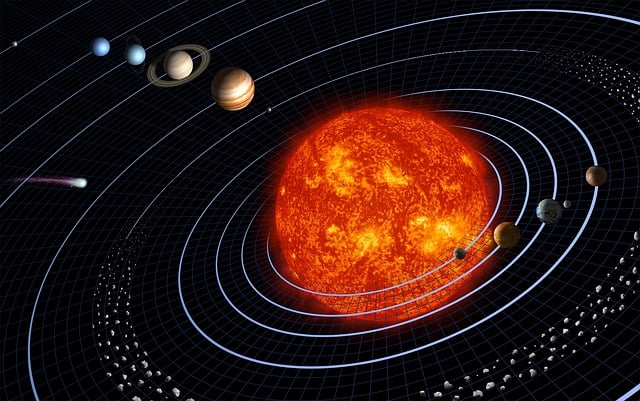
Image by WikiImages from Pixabay
The Solar System is our home in the universe, consisting of the Sun, eight planets, over 200 moons, and countless asteroids and comets. All these celestial bodies are bound together by the Sun’s gravity, forming a dynamic and ever-changing cosmic system.
How Was the Solar System Formed?
Around 4.6 billion years ago, a giant cloud of gas and dust, known as the solar nebula, collapsed under gravity. This led to the formation of:
- The Sun – At the center, where most of the mass accumulated.
- Planets – Formed from leftover dust and gas.
- Moons, asteroids, and comets – Remnants of the solar nebula.
Structure of the Solar System
The Solar System is divided into different zones:
- 🌍 Inner Solar System: Includes the four rocky planets (Mercury, Venus, Earth, Mars).
- 🪐 Outer Solar System: Gas giants (Jupiter, Saturn, Uranus, Neptune).
- ☄️ Asteroid Belt: Between Mars and Jupiter, filled with space rocks.
- ❄️ Kuiper Belt & Oort Cloud: Home to icy bodies and dwarf planets.
Key Features of the Solar System
✅ The Sun provides heat and light to all planets.
✅ Planets orbit the Sun in elliptical paths.
✅ The Asteroid Belt and Kuiper Belt contain millions of space objects.
✅ The Oort Cloud is a mysterious, distant region filled with icy comets.
💡 Want to explore more? Read The Sun – The Heart of the Solar System

